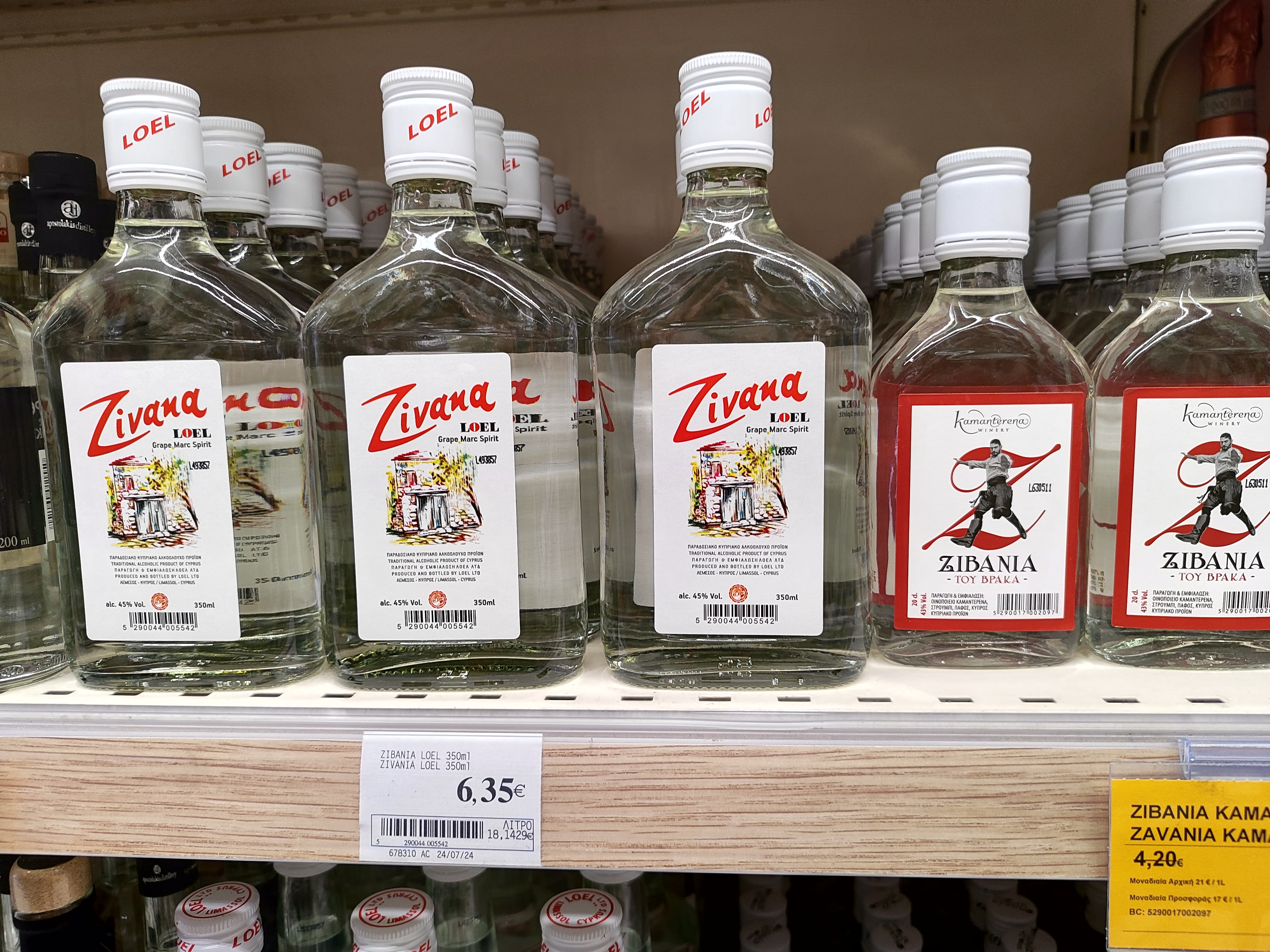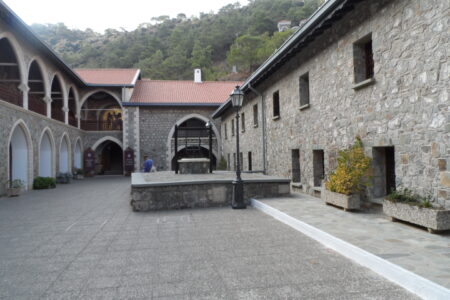Zivania is more than just a strong alcoholic beverage; it is a true symbol of Cypriot culture, reflecting the island’s rich history and traditions. Its unique taste and production method make zivania an integral part of Cyprus’ heritage.
Contents
Historical Roots of Zivania
The production of zivania in Cyprus dates back to the late 15th century, during the period of Venetian rule. It is believed that the Venetians introduced Cypriots to the distillation process, which eventually led to the creation of this unique drink. The name “zivania” comes from the Cypriot Greek dialect word “zivana,” meaning “grape pomace.”
During the British colonial period in Cyprus, zivania production was banned in 1949 as part of tax policies favoring British distilleries. However, local communities continued to produce it illegally, keeping the tradition alive. It wasn’t until 1998 that the ban was lifted, allowing zivania to be legally produced again under regulated conditions.
The Production Process
Zivania is made by distilling fermented grape pomace, the solid remains of grapes after wine production. The most commonly used grape varieties are red Mavro and white Xynisteri. Once the juice is extracted for winemaking, the leftover skins, seeds, and pulp are fermented and then distilled.
The traditional distillation process consists of several stages:
- Fermentation: The grape pomace is placed in fermentation vats, where natural yeast converts sugars into alcohol.
- Distillation: The fermented mixture is transferred to a copper still, known as kazani, and mixed with water or young wine before being heated.
- Collection of Distillate: The alcoholic vapors condense into liquid form. The first portions of distillate, containing methanol, are discarded.
The resulting spirit has an alcohol content of 45% to 49% and a distinctive grape aroma. Some versions of zivania are aged in oak barrels, giving them a golden color and a richer taste.
Varieties of Zivania
There are several types of zivania, varying in production techniques and additional ingredients:
- Classic Zivania: A clear, strong drink with a pure grape taste.
- Flavored Zivania: Infused with spices and herbs, such as cinnamon or basil, adding complexity to the flavor.
- Aged Zivania: Stored in oak barrels, developing a golden hue and a smoother, more refined taste.
Cultural Significance and Uses
Zivania plays an important role in Cypriot social and cultural life. It is served at traditional gatherings, celebrations, and family meals, usually accompanied by meze, dried fruits, and nuts.
Beyond being a drink, zivania is also used in folk medicine. It has been traditionally applied for wound disinfection, massages, and compresses. Many Cypriots also believe in its benefits for treating colds, sore throats, and toothaches.
In recent years, zivania has gained popularity in mixology, becoming an ingredient in modern cocktails. Competitions featuring zivania-based cocktails are held in Cyprus, promoting the drink both domestically and internationally.
Protected Geographical Indication (PGI)
Since Cyprus joined the European Union in 2004, zivania has been recognized as a Protected Geographical Indication (PGI) product. This means that only zivania produced in Cyprus following traditional methods can be sold under this name. Additionally, zivania must be made exclusively from grapes—using other fruits or grains is strictly prohibited.
Modern Trends and Festivals
Zivania has seen a resurgence in popularity, with various festivals dedicated to it, particularly in Troodos mountain villages. These events allow visitors to witness the distillation process, sample fresh zivania, and enjoy traditional Cypriot music and dancing.
Zivania remains an essential part of Cypriot heritage, symbolizing the island’s rich history and traditions. Its unique taste and meticulous production process make it a must-try for anyone visiting Cyprus. Whether enjoyed neat, on ice, or in a cocktail, zivania continues to hold a special place in Cypriot culture.
















